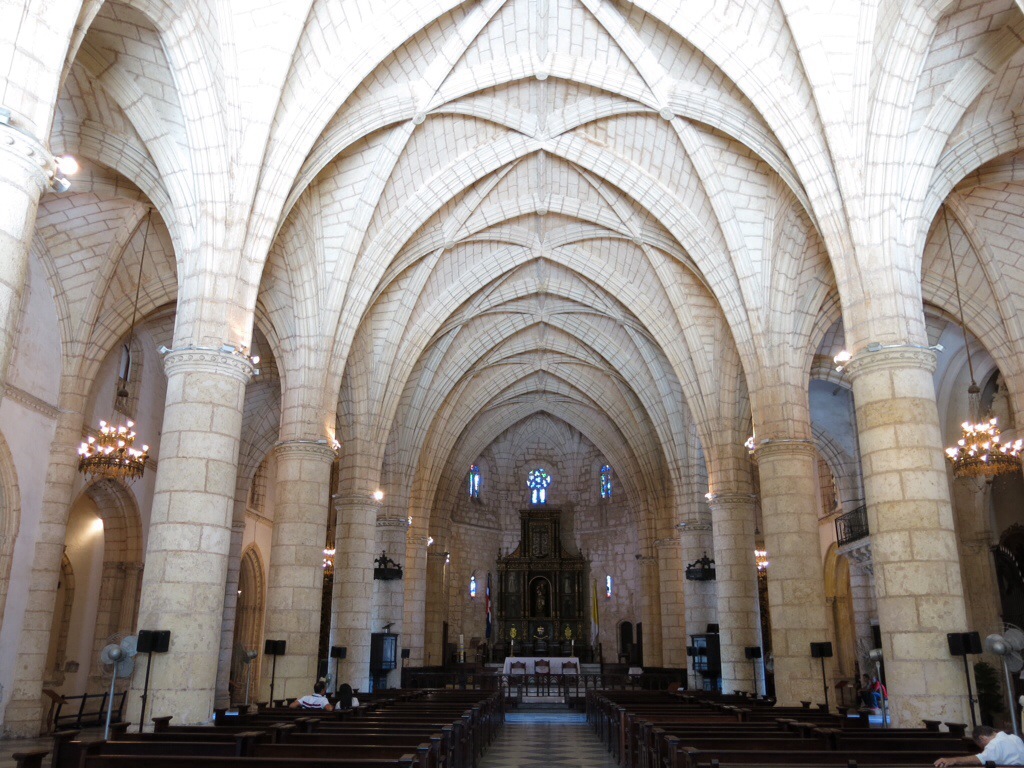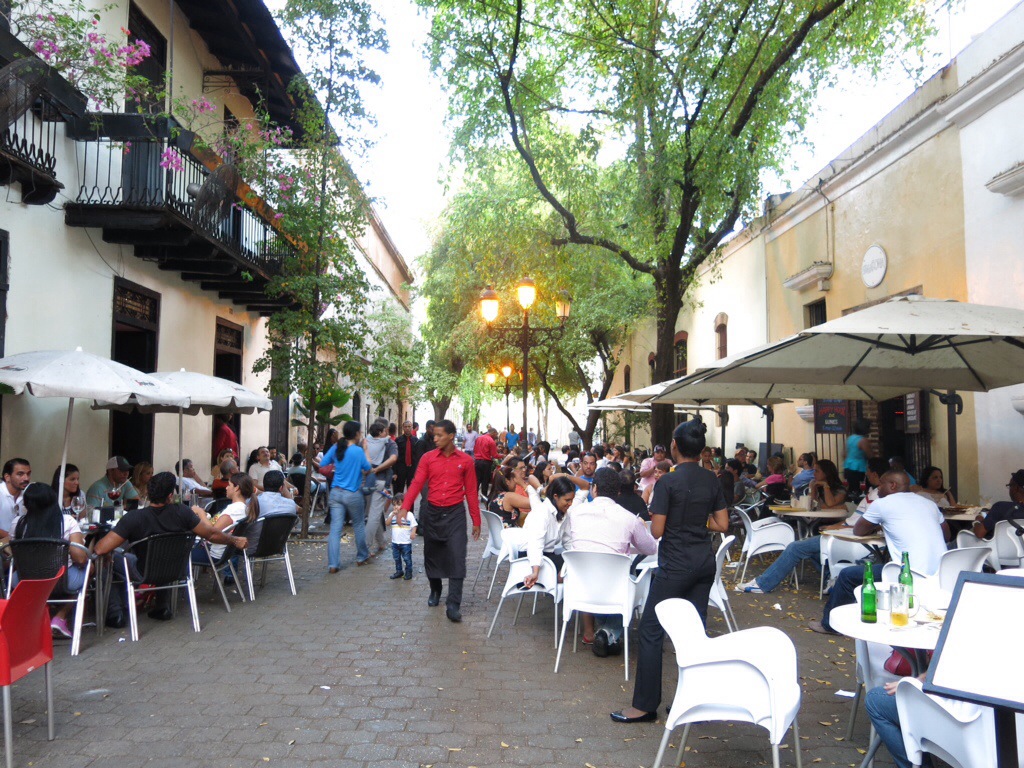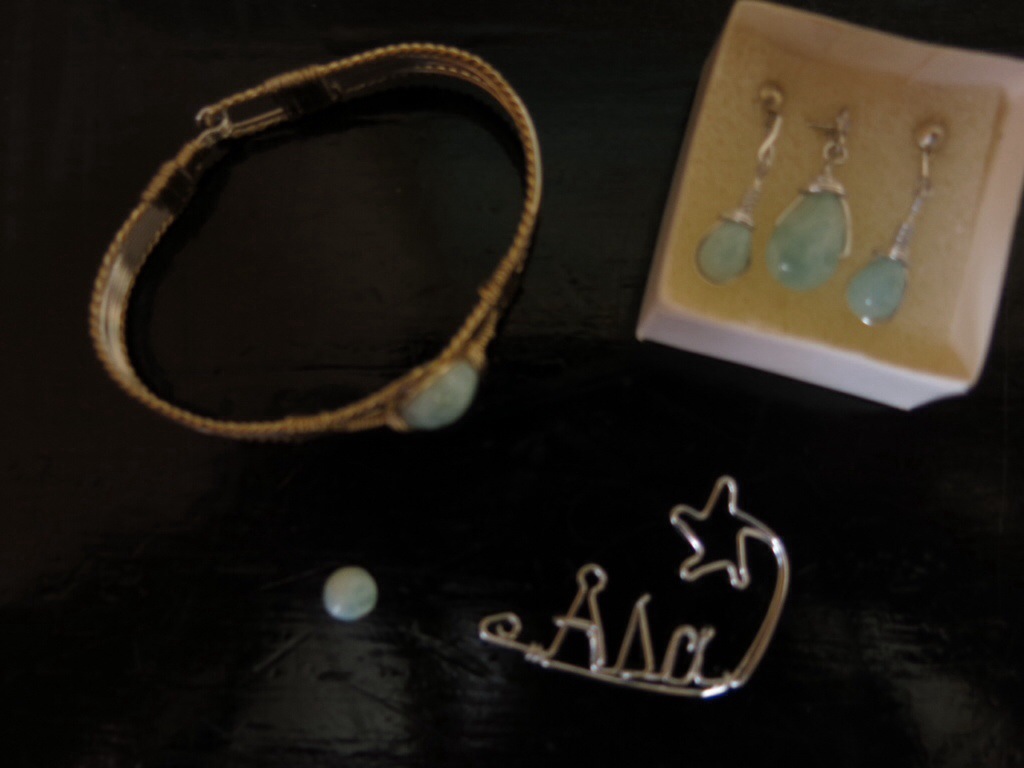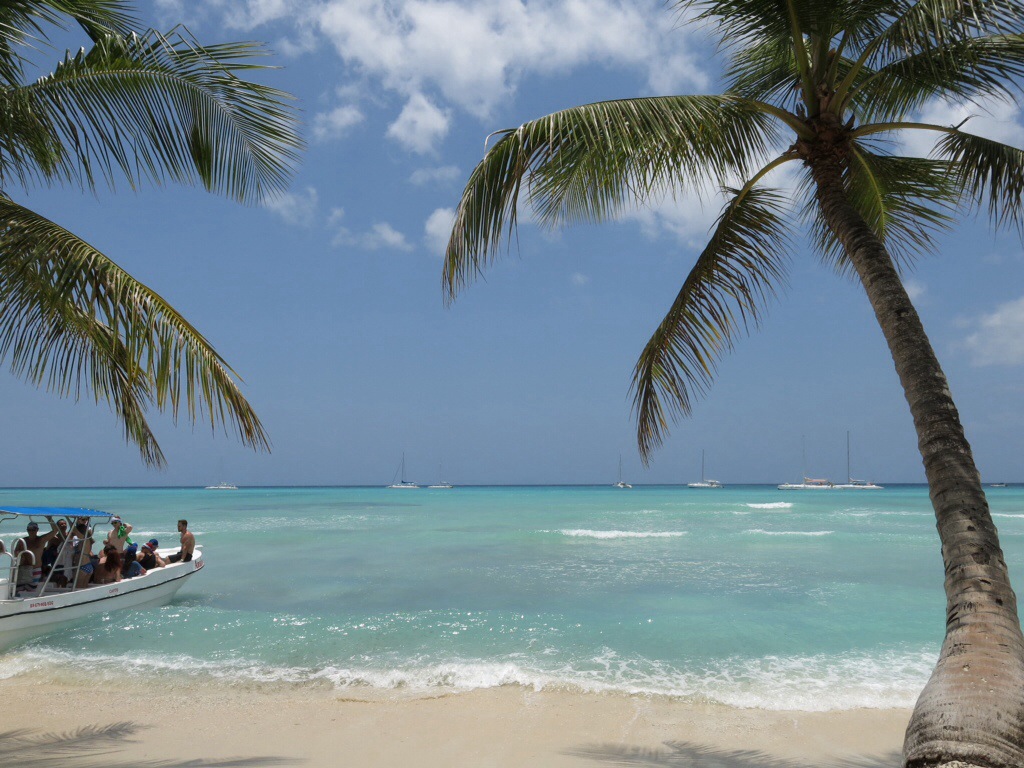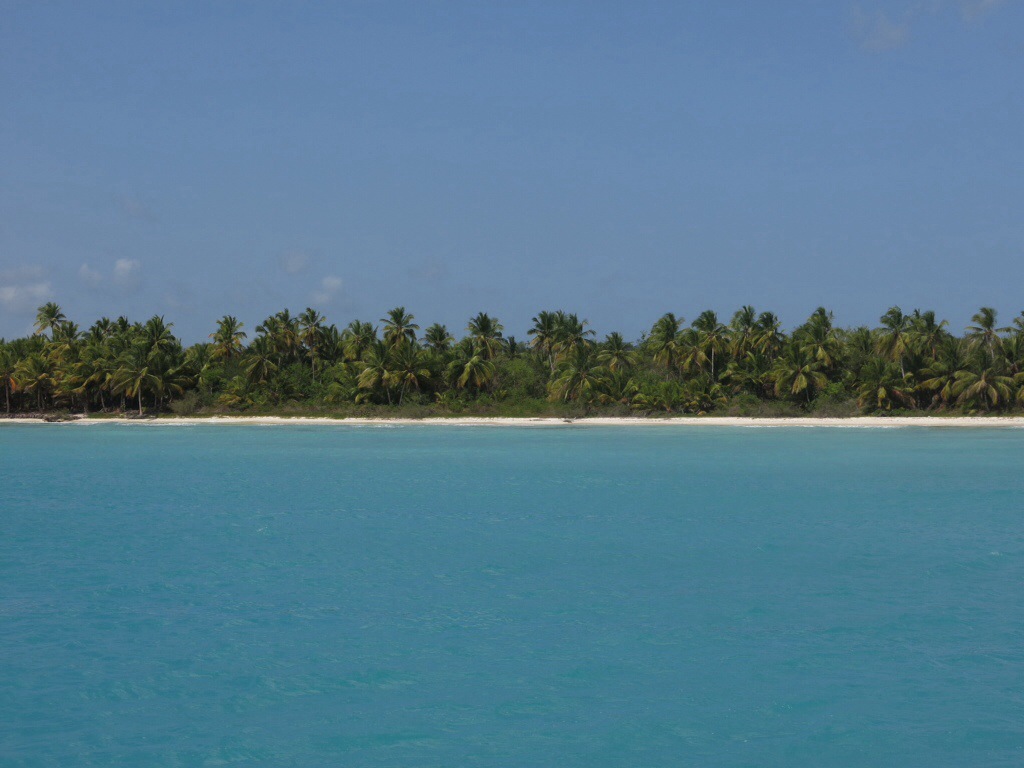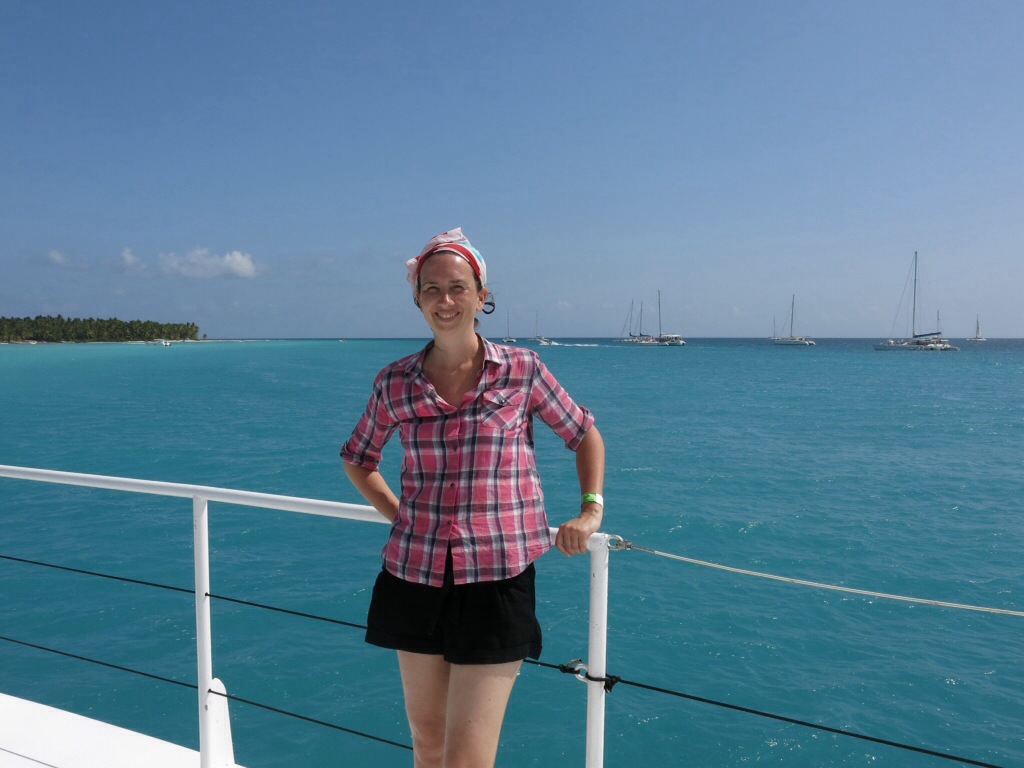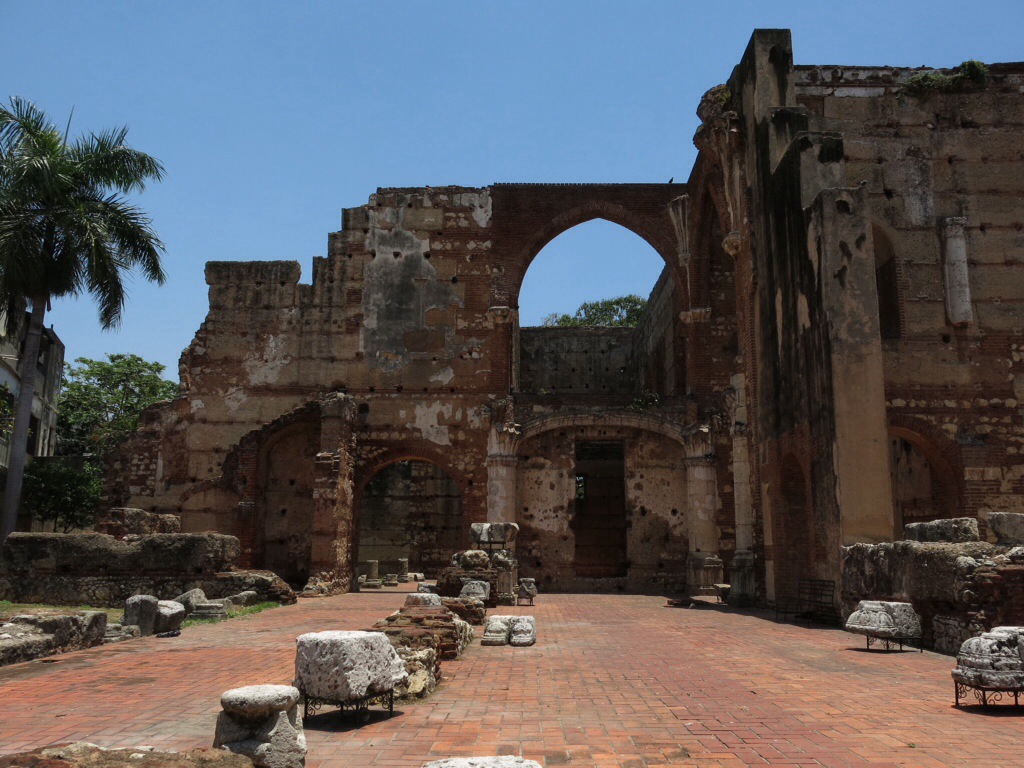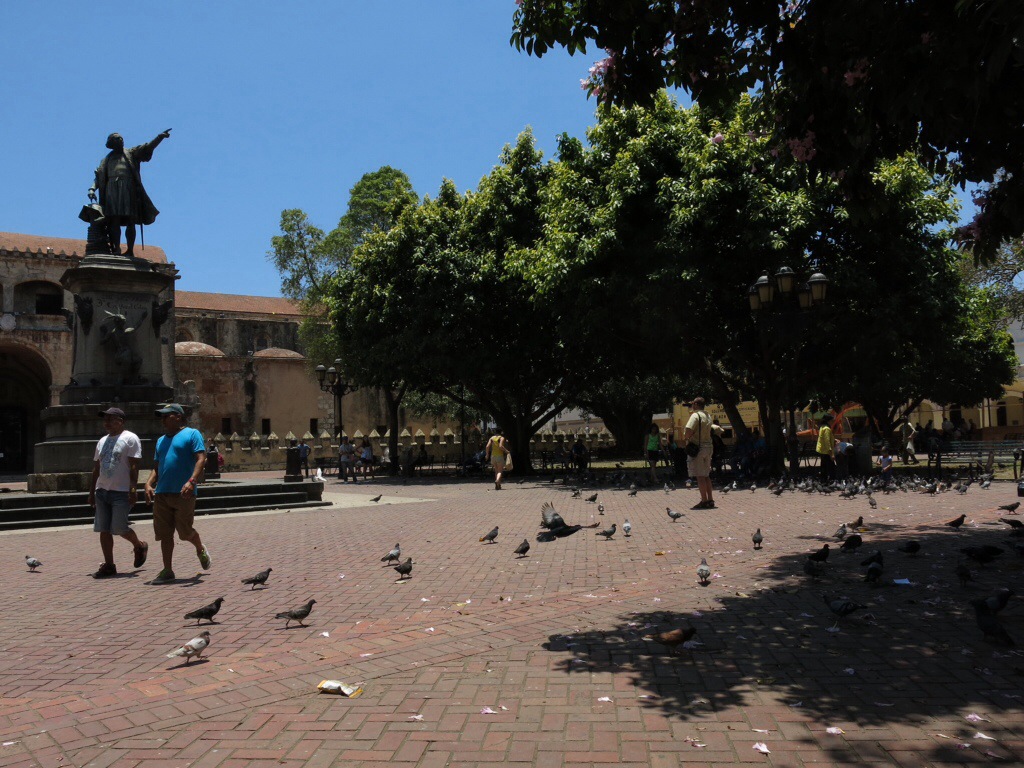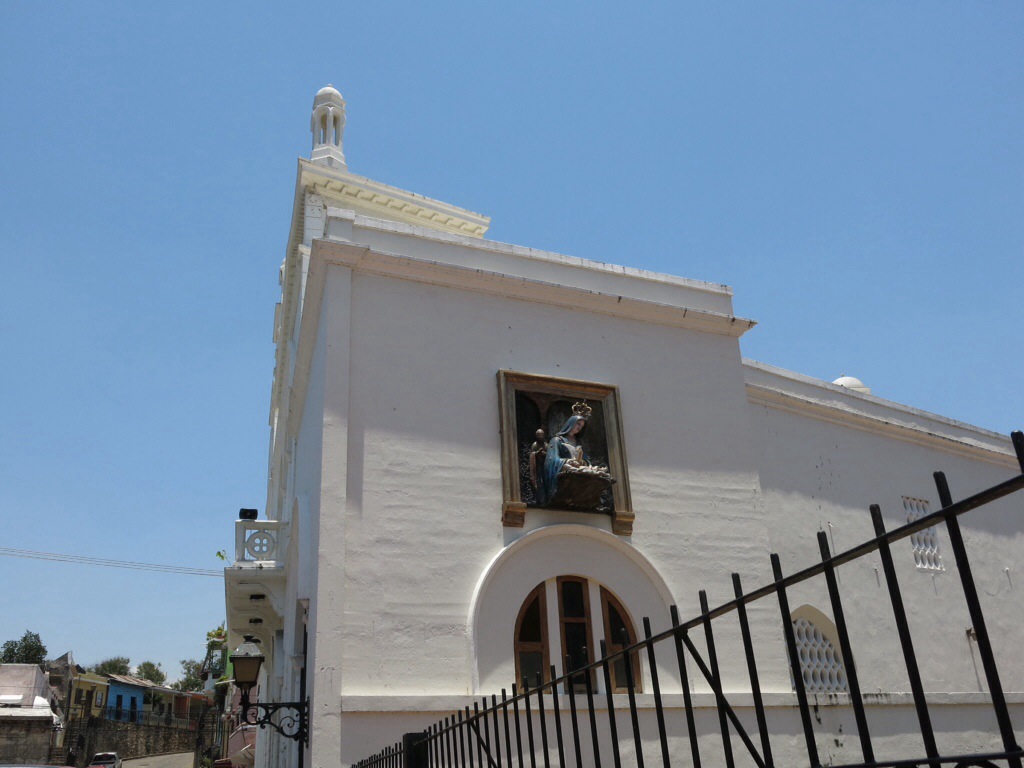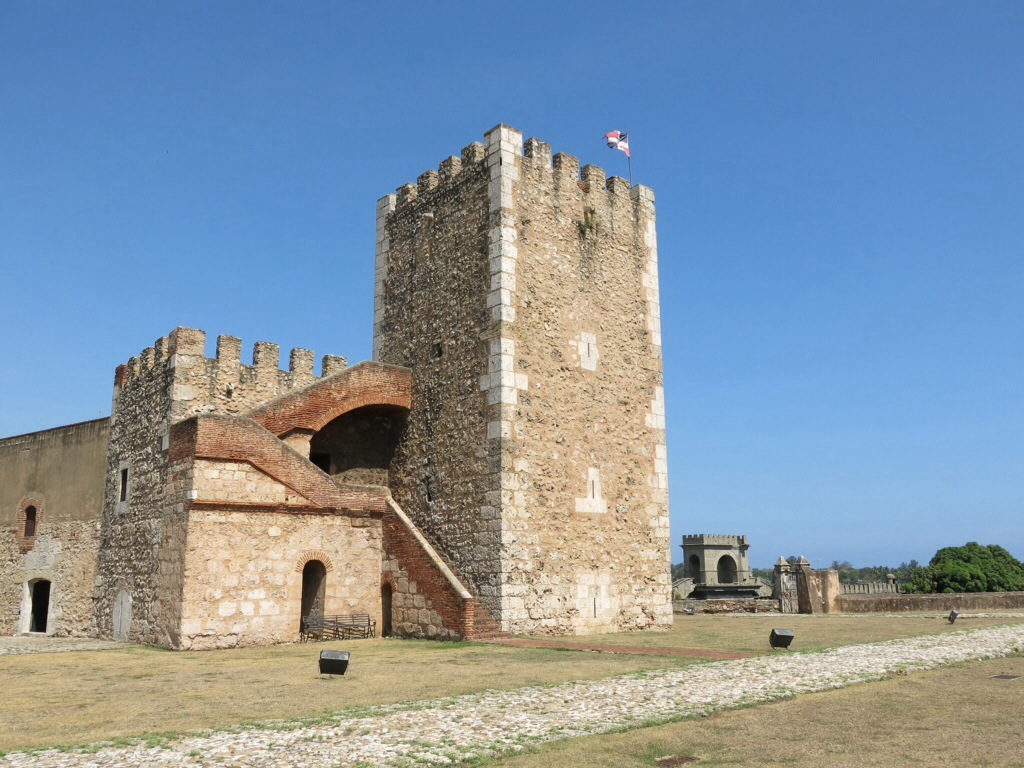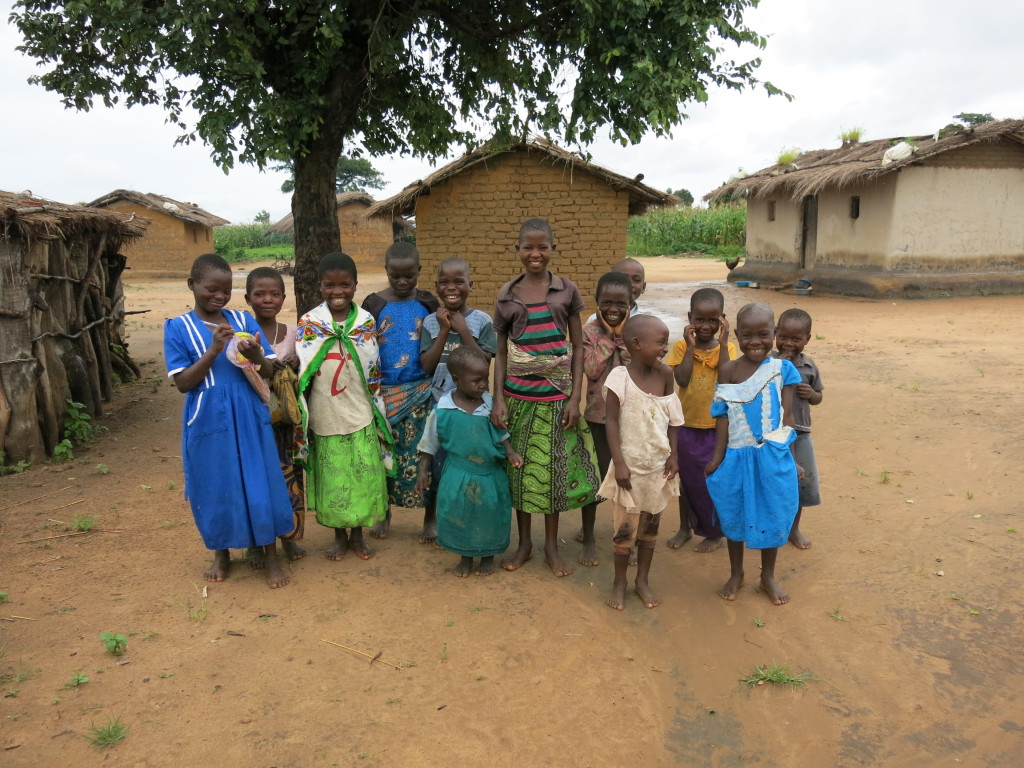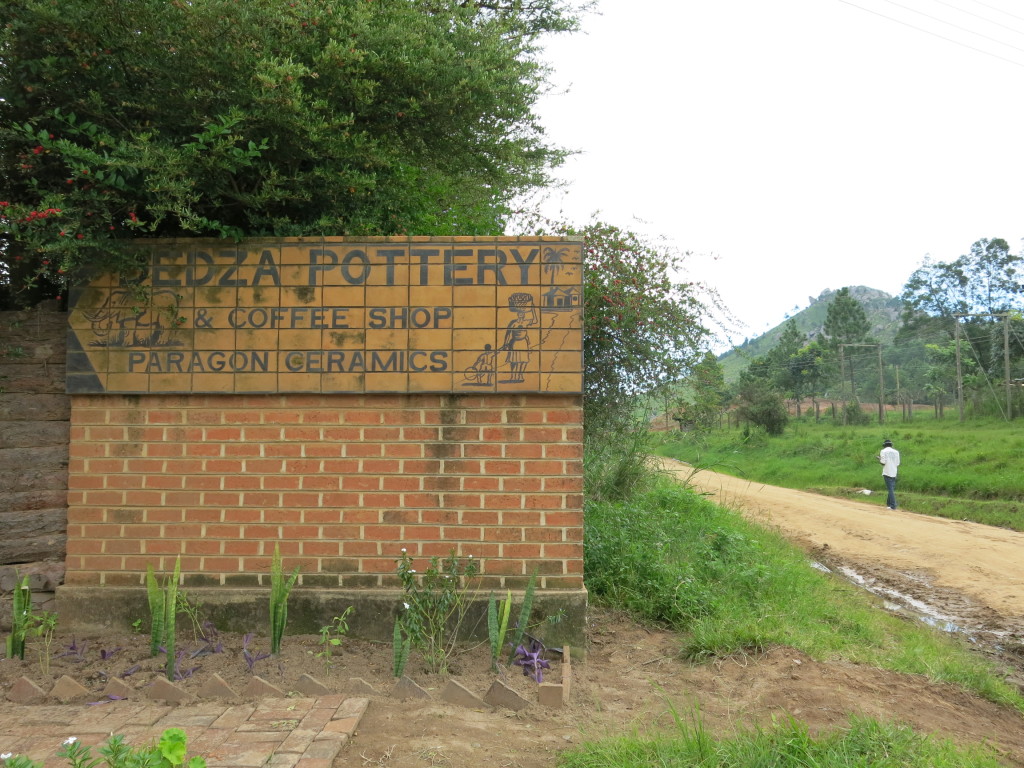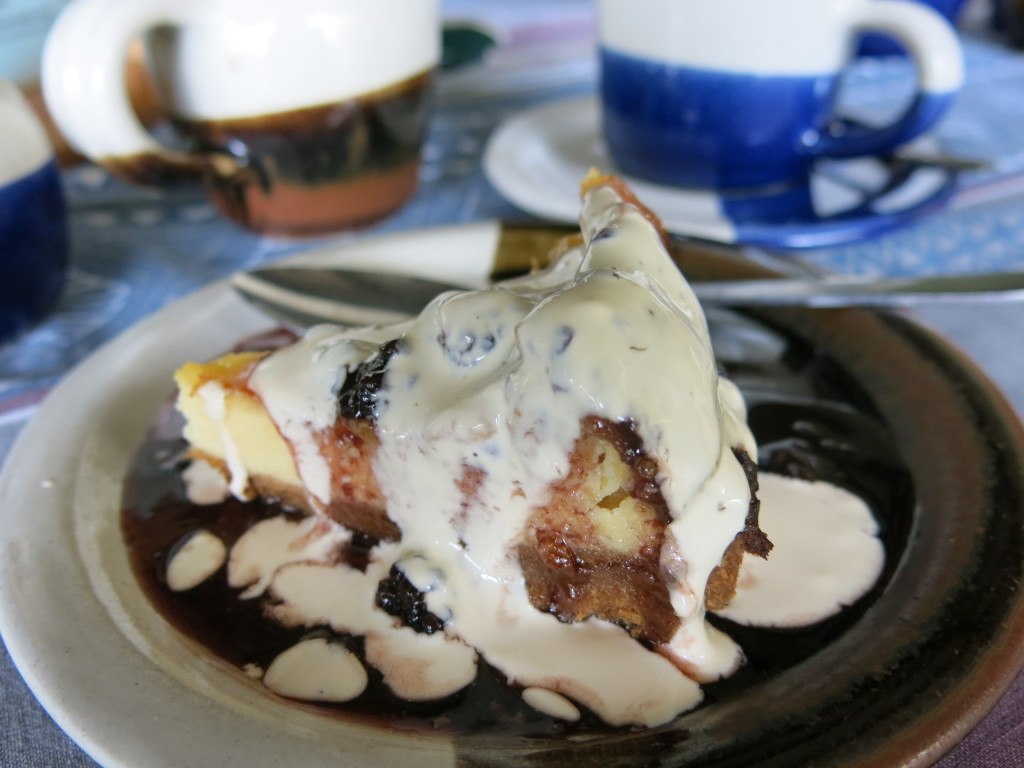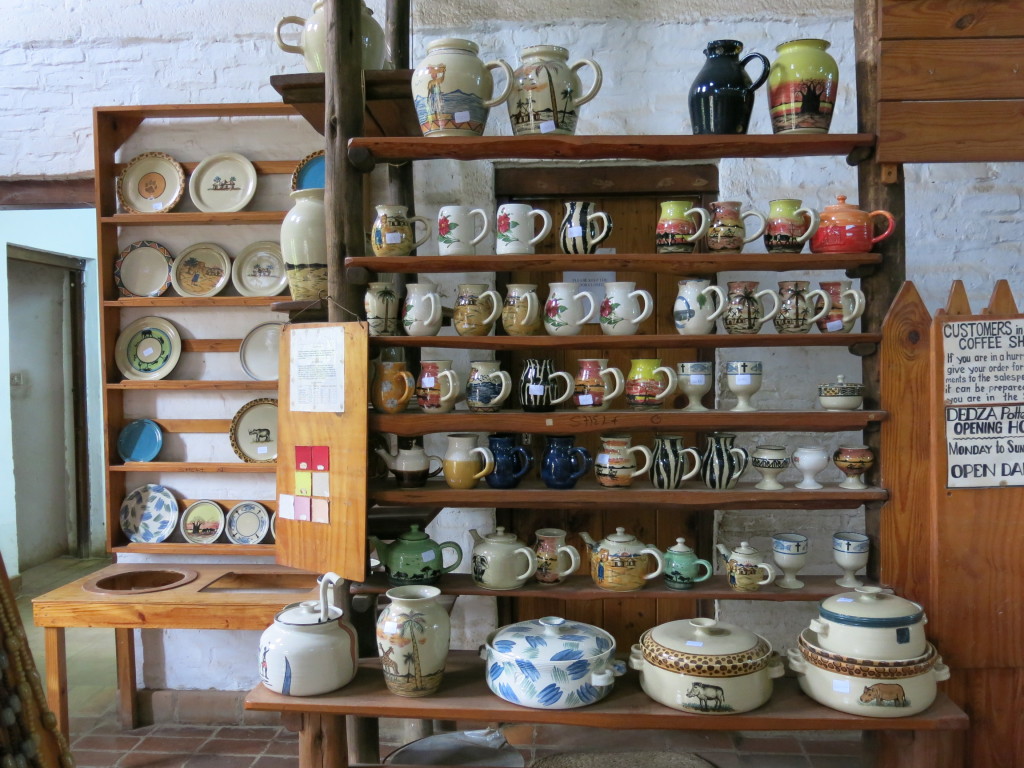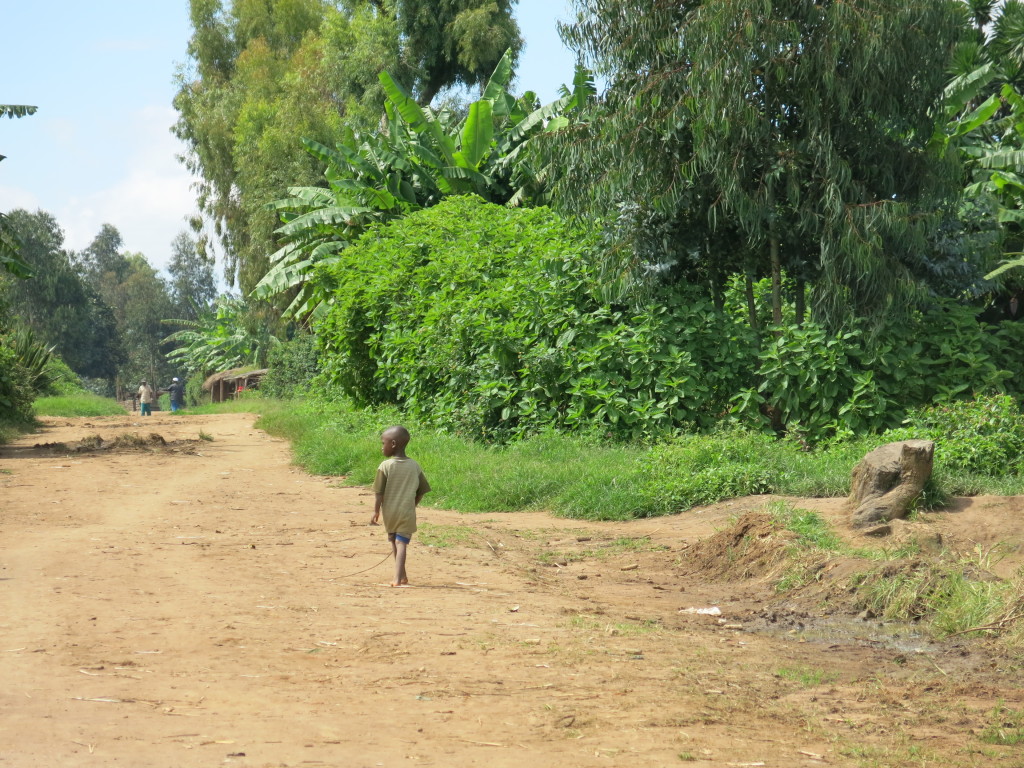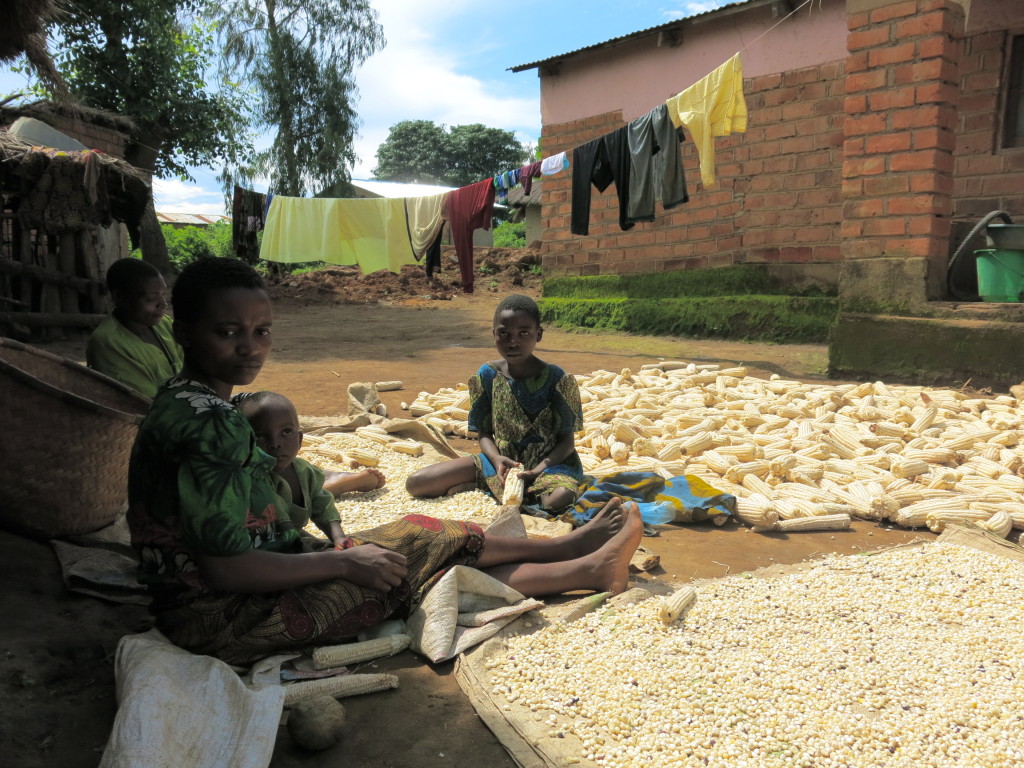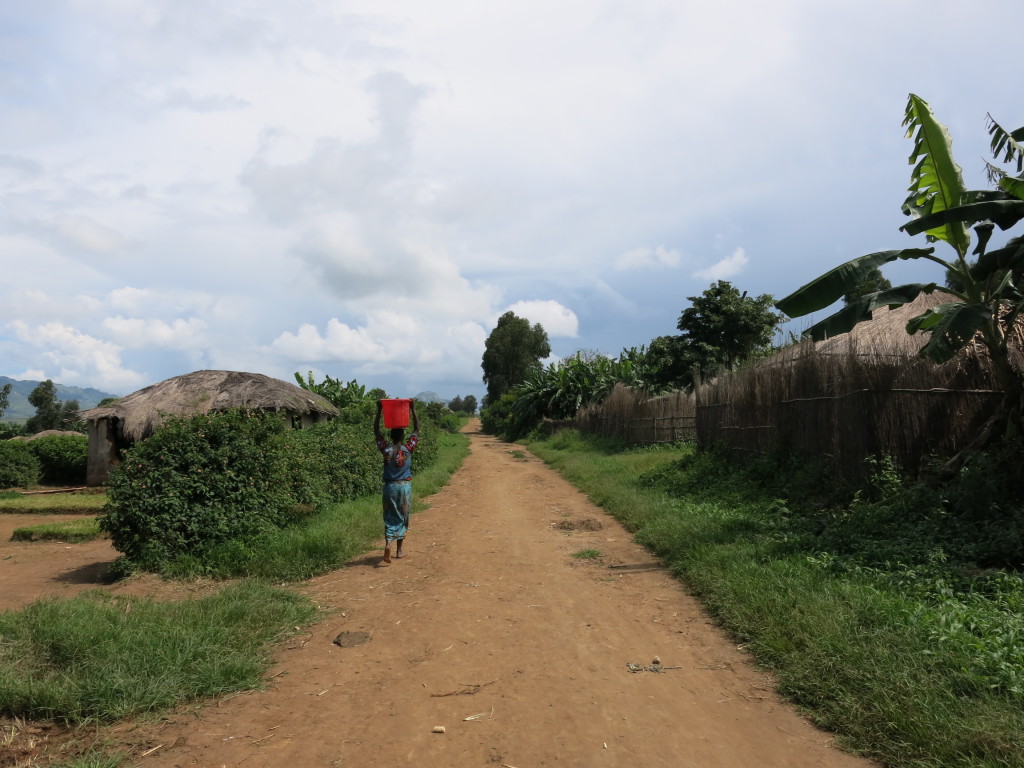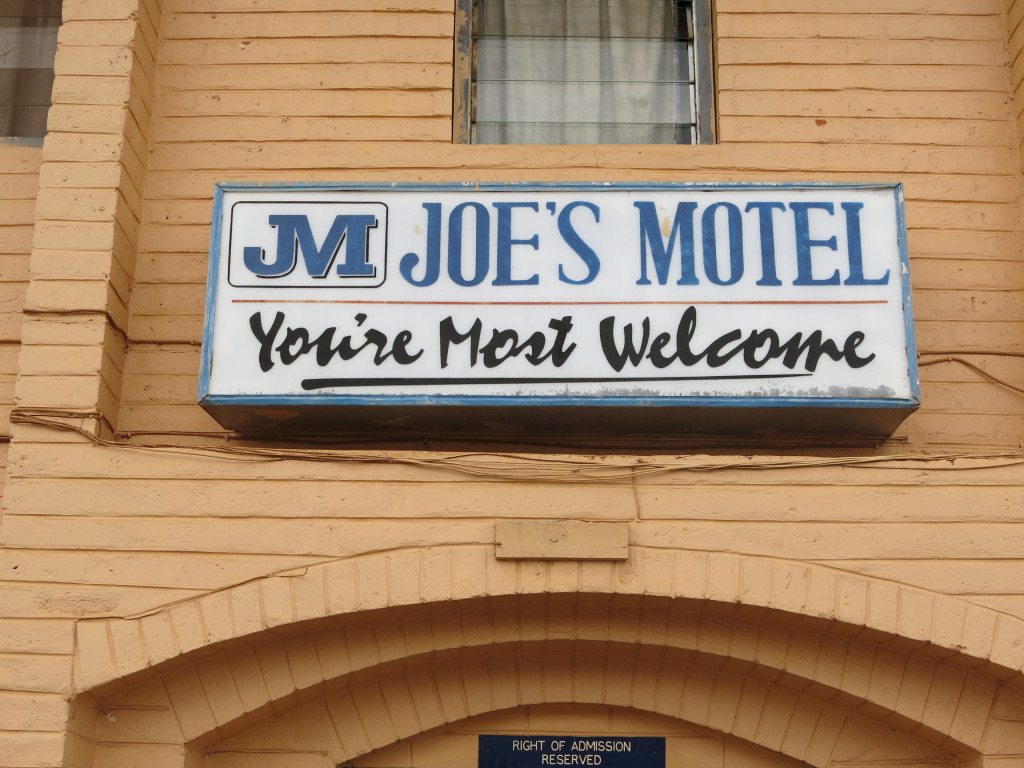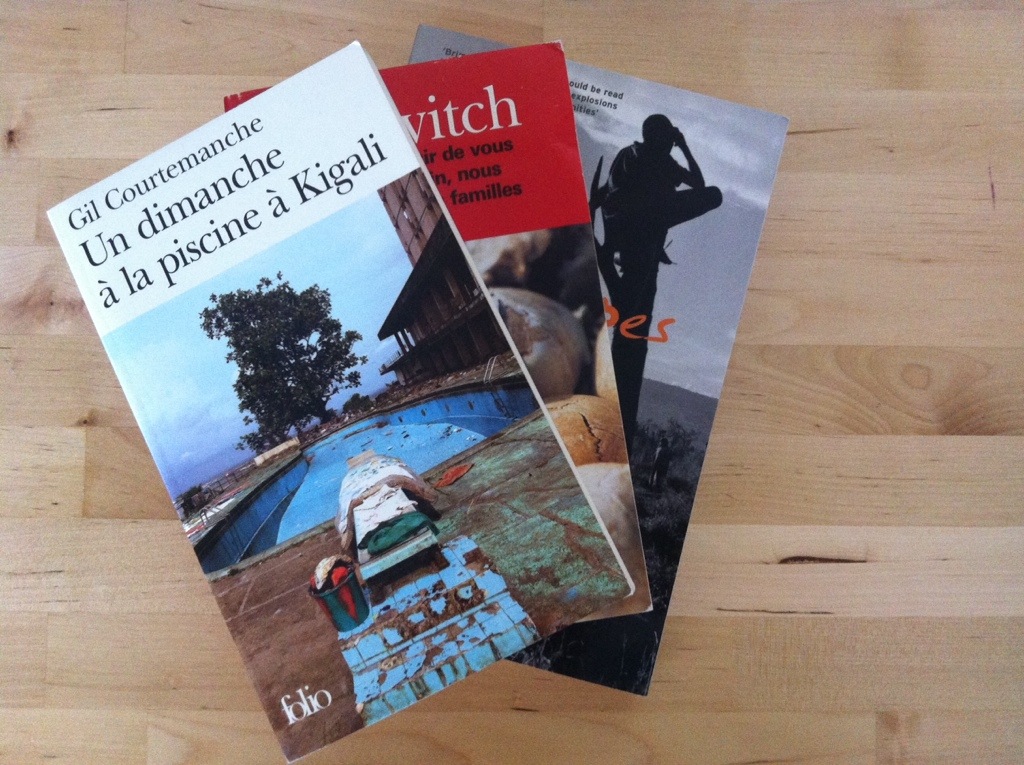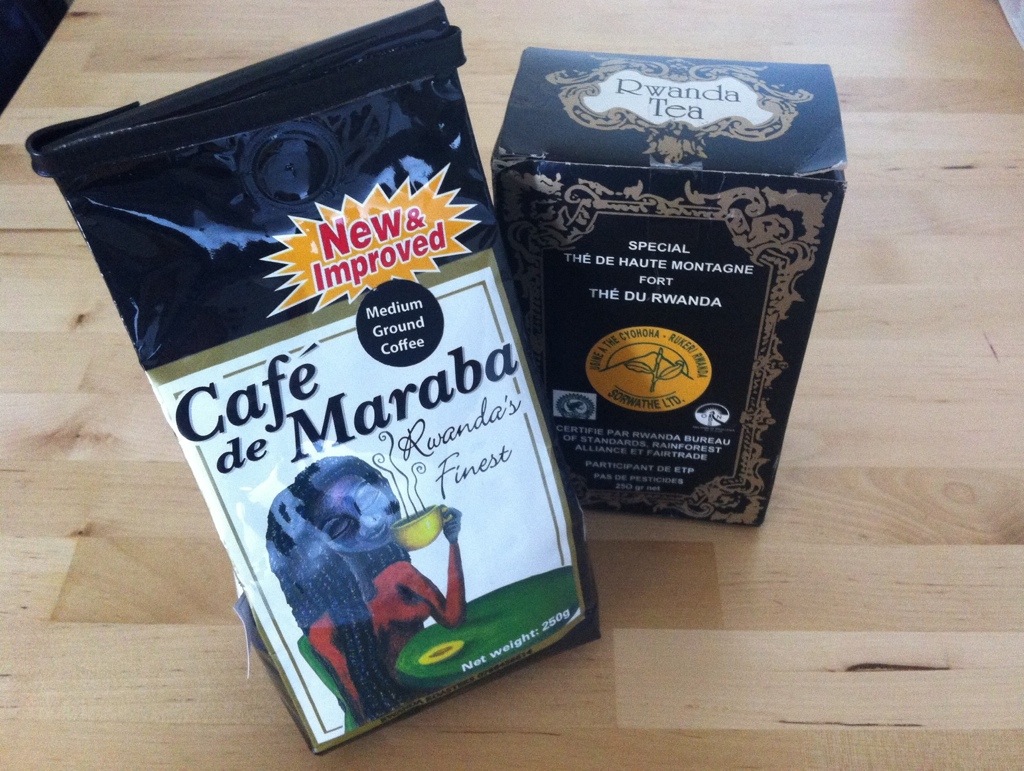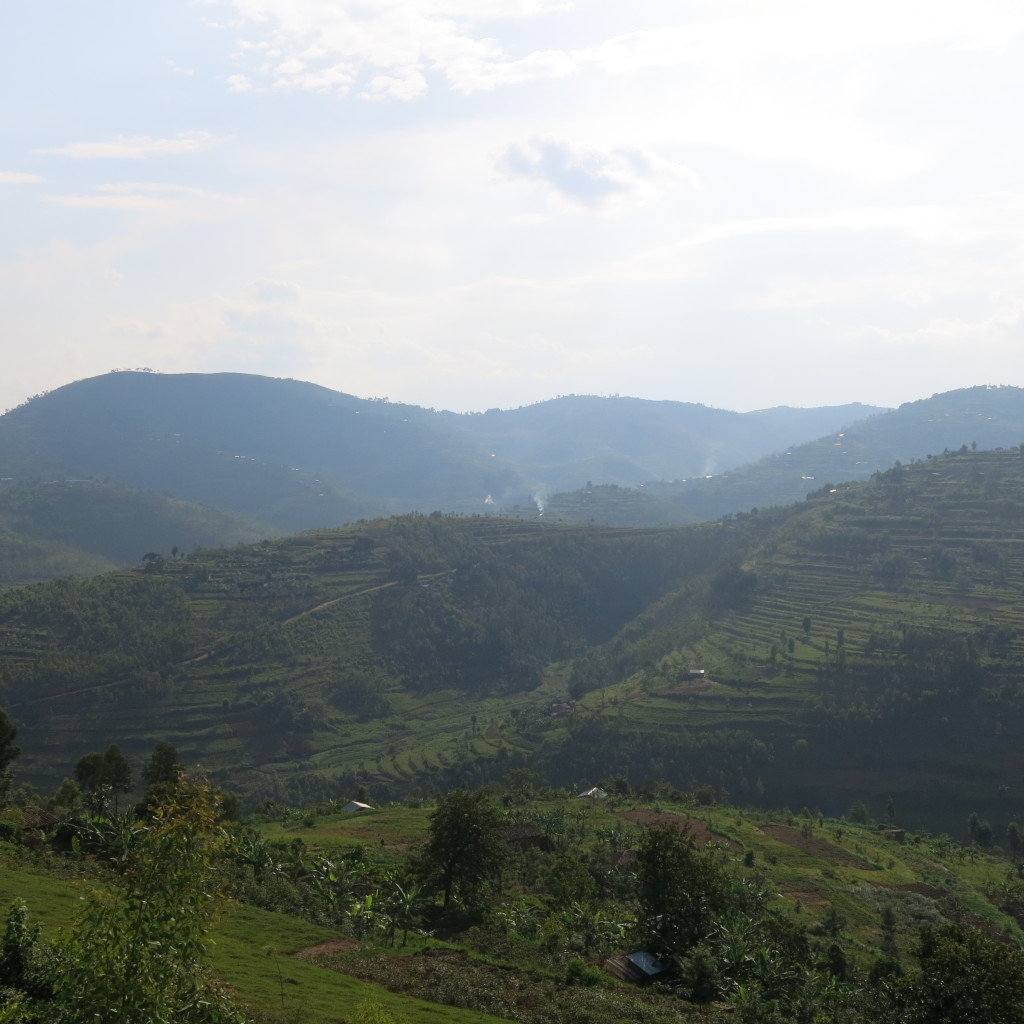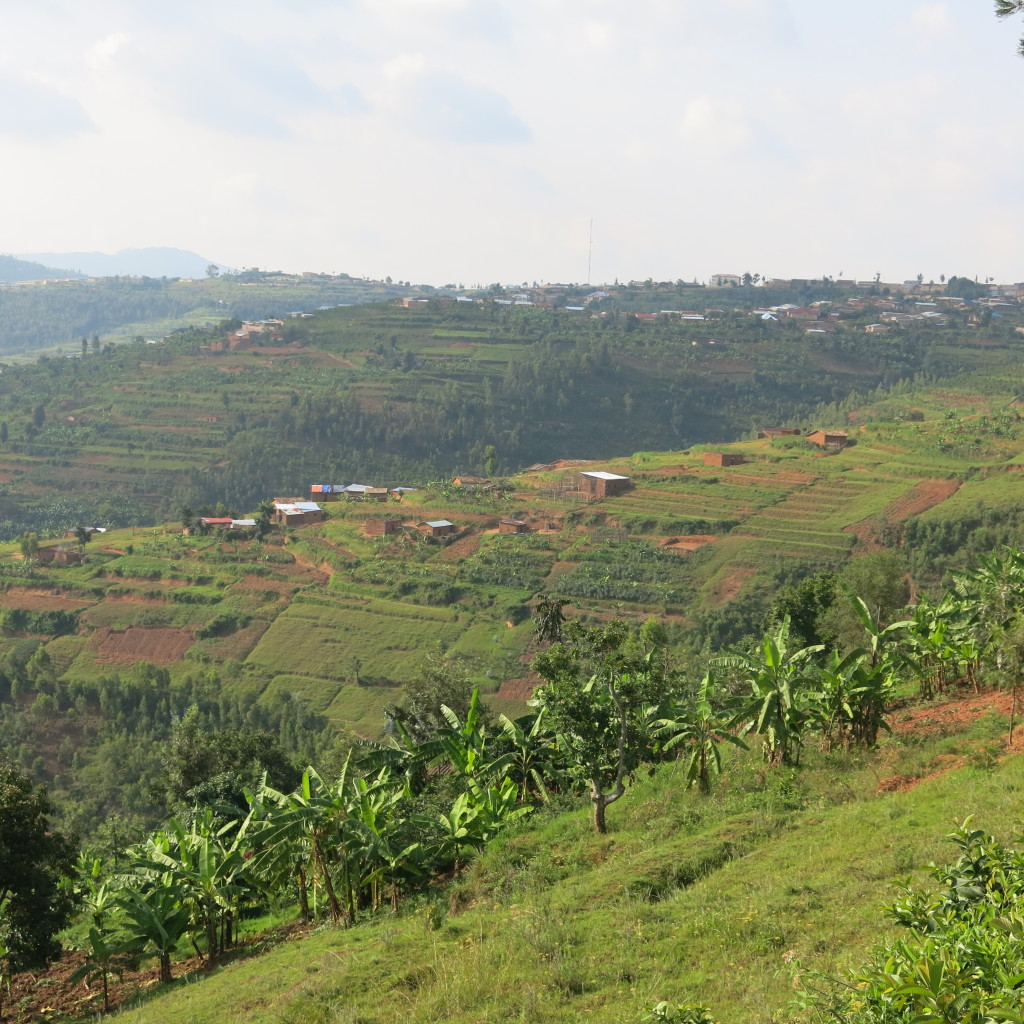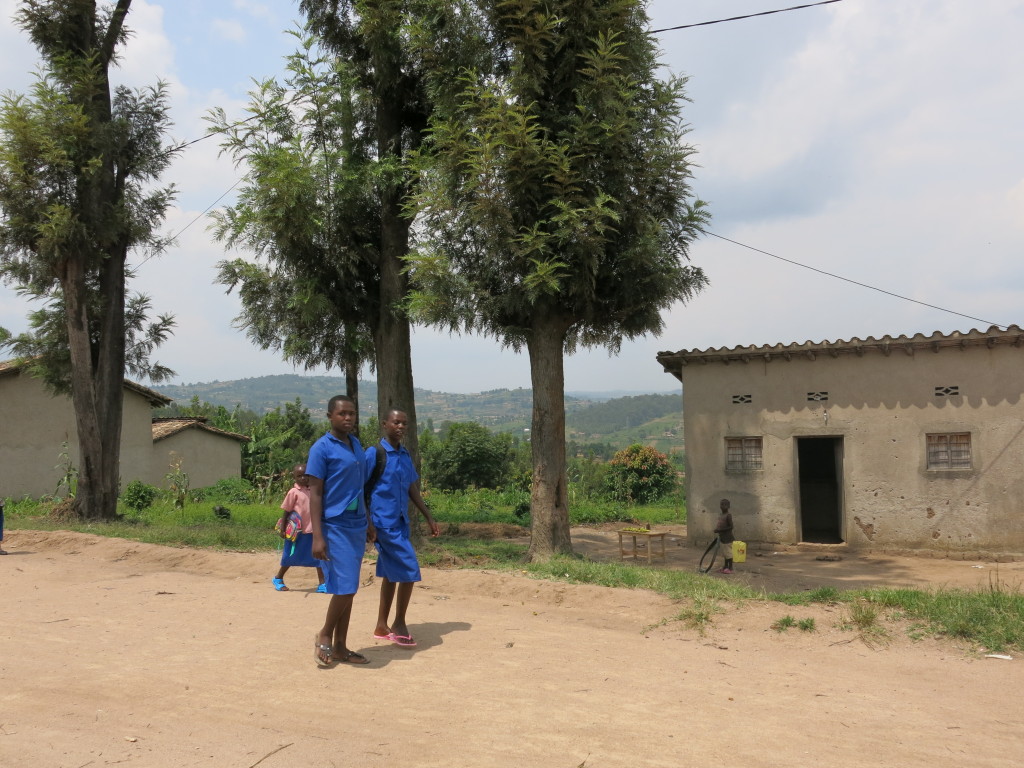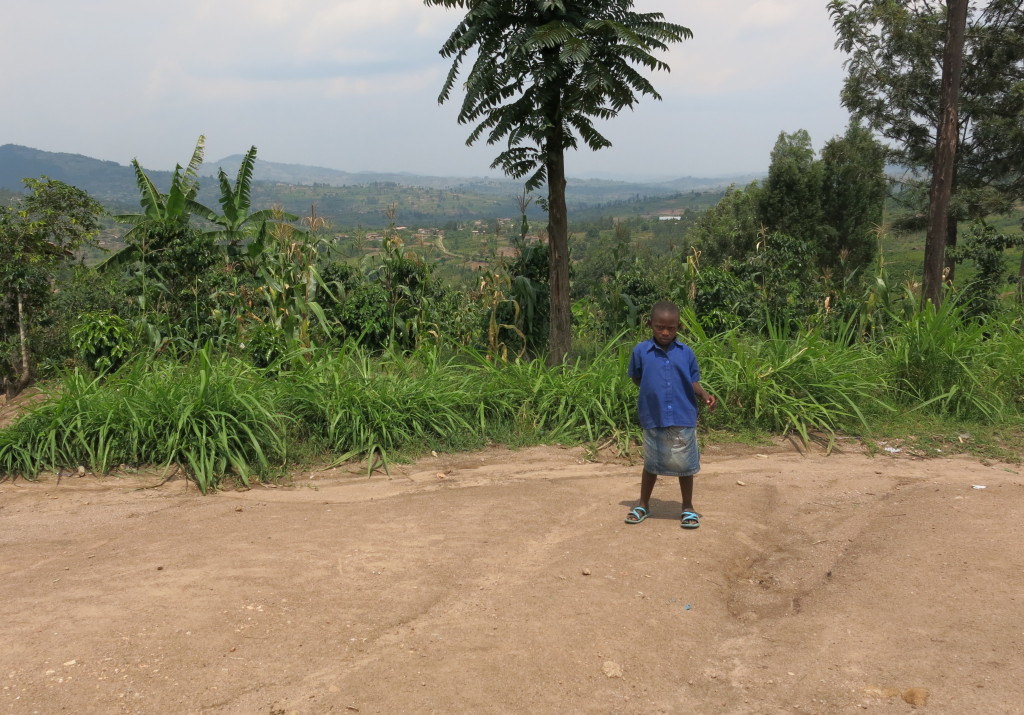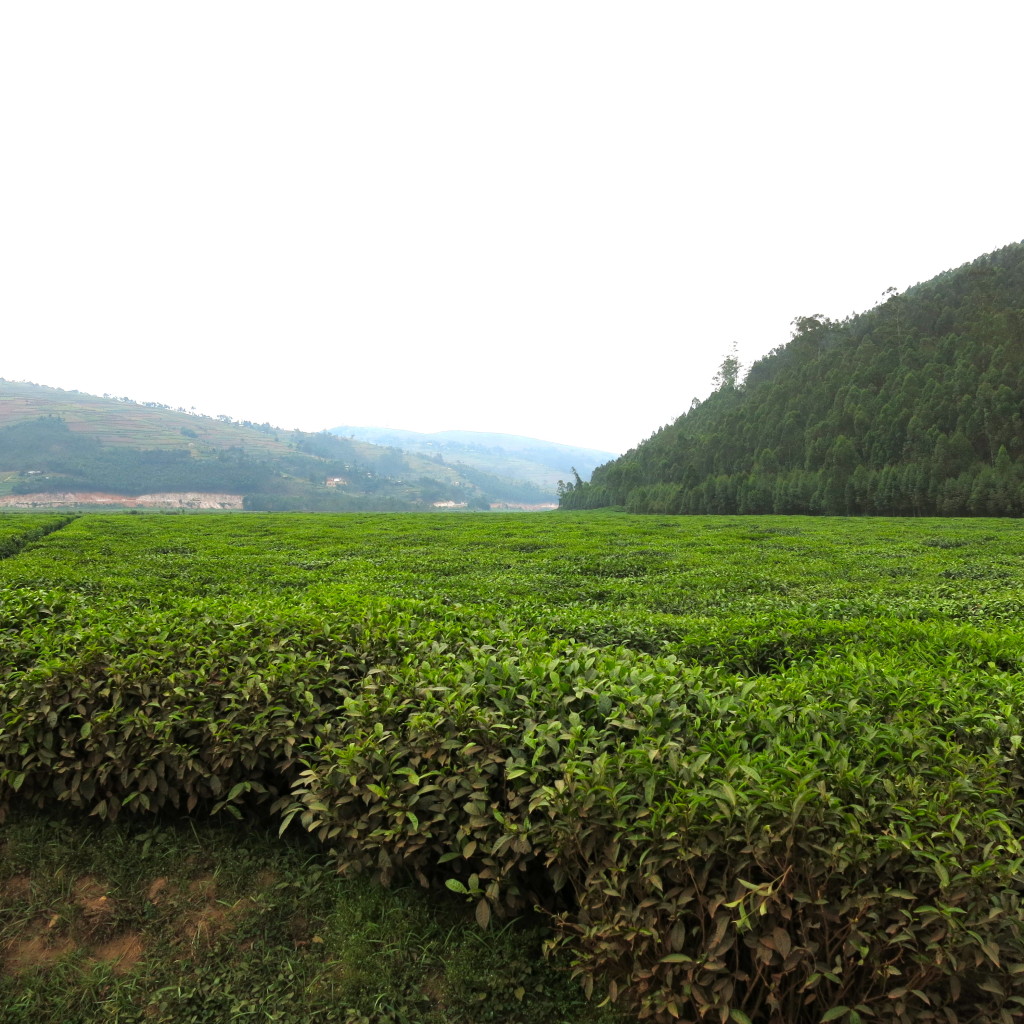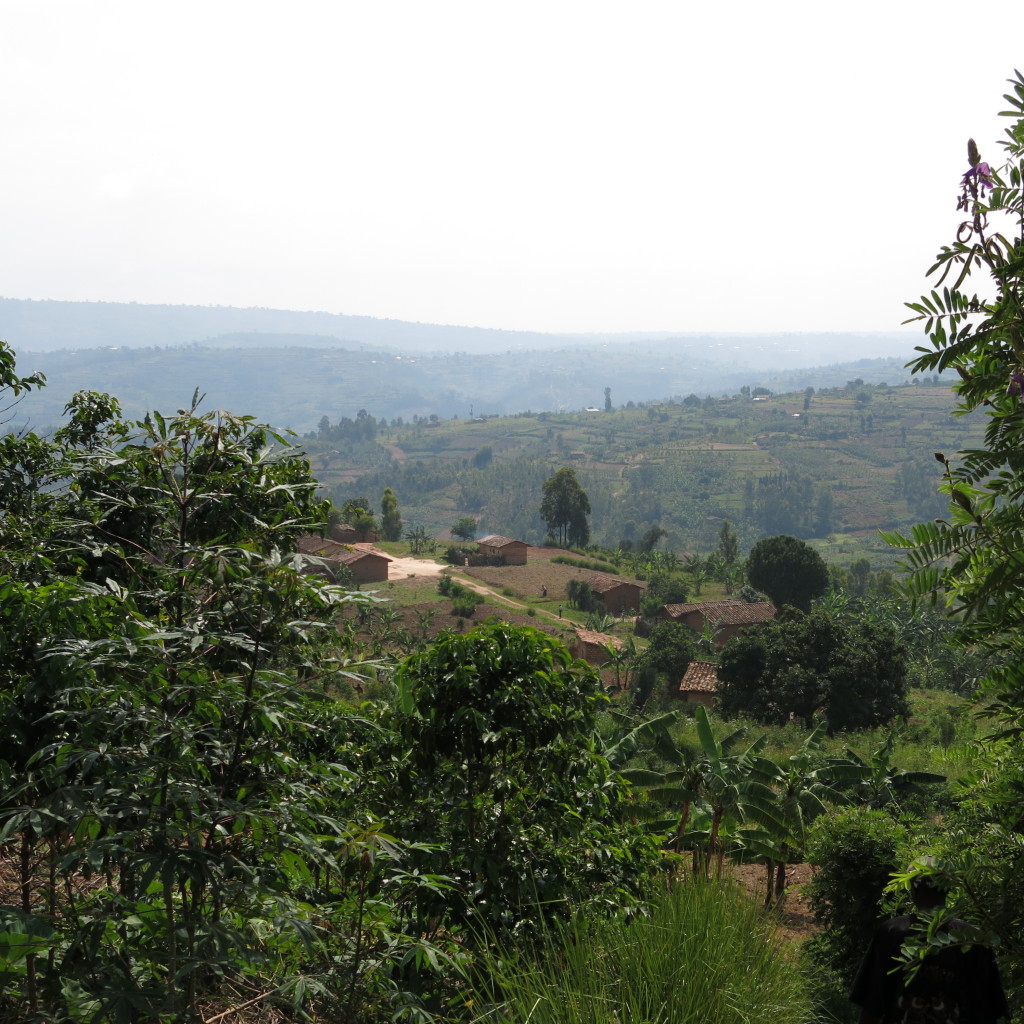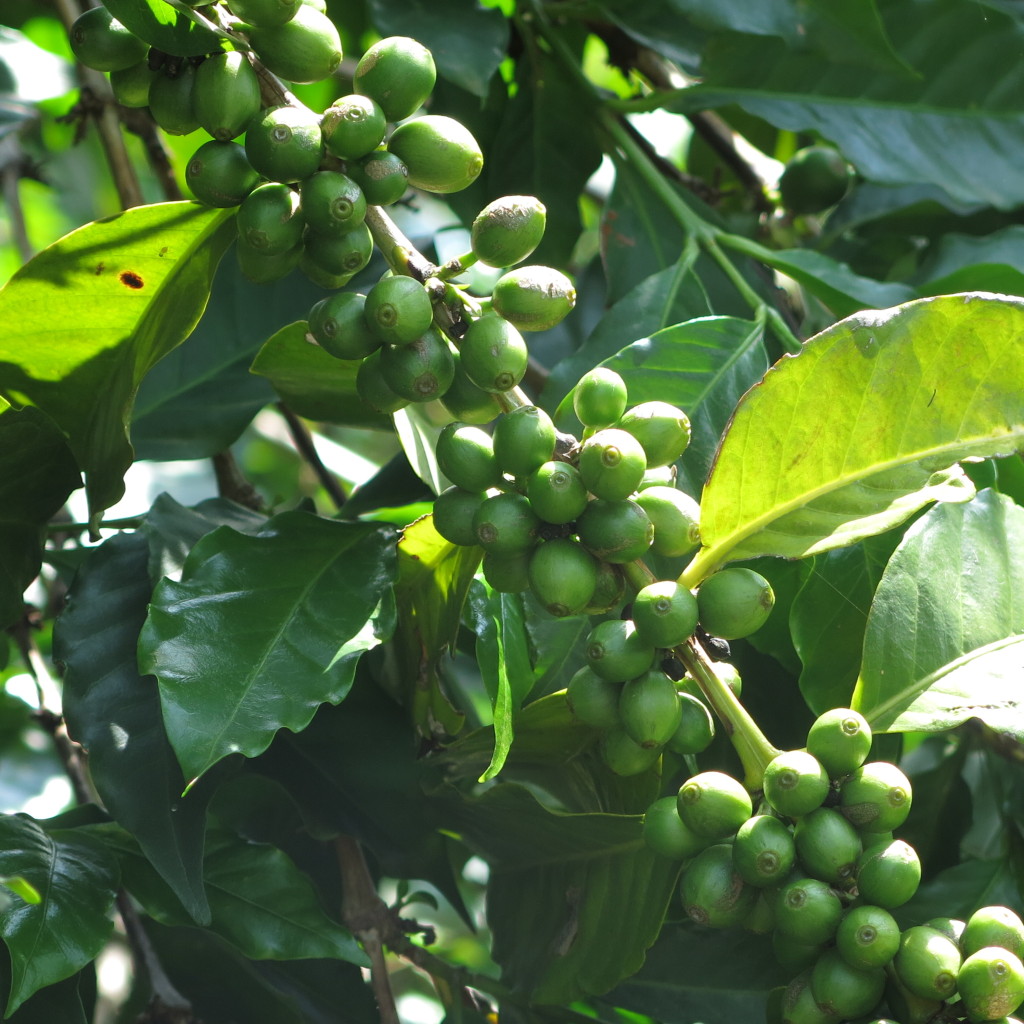I rarely write up travel tips, mainly because I travel mostly for work and it’s not my role to evaluate establishments when there for professional purposes. But since I went on vacation this time, I thought I’d give some advice. I traveled by myself this time, and therefore opted to stay in Santo Domingo as I thought it would be easier to find things to do there. I wanted to spoil myself a bit this time so I stayed at Boutique Hotel Palacio in Zona Colonial, i.e. the old part of Santo Domingo. Hostels are probably the best places to stay when traveling alone because it is easy to meet people there, but Hotel Palacio seem to attract a lot of Americans my age, so I did meet people to go out with. The hotel was a little pricy compared to most other places here (although cheap compared to the US or Western Europe) but I chose it because it looked quite genuine and had a roof top pool. And I really liked staying here! It was perfect to have the pool to come back to after sightseeing tours around town. The only thing was that breakfast wasn’t included in the price of my room, and they only had quite expensive offers which didn’t match the price, so I went out for breakfast instead severals days. Can recommend Cafe Paco Cabana just around the corner: french inspired pastry with good coffee and a variety of fresh juices.
The hotel arranged for someone to pick me up at the airport for 40 dollars. Quite expensive but I checked with a colleague who travels here for work and he recommended arranging airport transport prior to arrival said US$ 40 was pretty standard. However, a group of guys at my hotel took a cab for 30 dollars directly from the airport and that seemed to work fine.
There are a lot of licensed guides around offering their services. I never hired someone but it seemed like a lot of people did. The guys at my hotel hired a guide with a car who took them around town also at night, and then dropped them off at the airport their last day. I talked a bit with the guide and he said he preferred working with Americans because of the tip, so it seems like tip is expected. Otherwise, tip is often included in the check at restaurants.
To be honest, I didn’t really go out to eat to any places that i would recommend, except for Cafe Paco Cabana El Conde and another pastry, also on El Cone, on the block after Calle Arz. Merino, but that I can’t remember the name of. I booked my boat trip with Colonial Tours (office on C/Arz. Merino 209) and they were really helpful except that they forgot to tell me to wear bathing clothes when getting on the boat as the first dip in the water was directly from the boat. Our tour guide didn’t mention this either and was, to be honest, not super friendly. Like I wrote earlier, the tour was more free drinks in plastic cups and lots of people trying to sell things at the beach, than an experience of the Nature Reserve but in it was a good way for me to get out of the city since most tours have pick up outside Santo Domingo.
I managed to see most sites in Santo Domingo that were indicated in my guidebook, including Casas Reales, El Alcazar de Colón, El Pantheon, and Cathedral Primada Americas. Entrance fees were around 100 pesos (2 dollars) and it included an audio guide in all places except for the Pantheon. My favorite was by far the Cathedral. It was so peaceful and so full of history, including as a place for slaves to meet and organize themselves. My guidebook wrote that el Alcazar de Colón, the vice royals residence Governing House from the 1500s, was the no 1 place to see, but I would recommend taking time to see the Cathedral.
Needless to say, I found people really nice! But then again, I normally do. It’s probably possible to manage in Santo Domingo without speaking Spanish, but knowing the basics certainly helps. I went to several bookstores (of course, as the bookaholic I am!) and I couldn’t even find a guidebook in English.
As for me, I loved my six days in the Dominican Republic! Here are a few more pics (the last is from my hotel):
